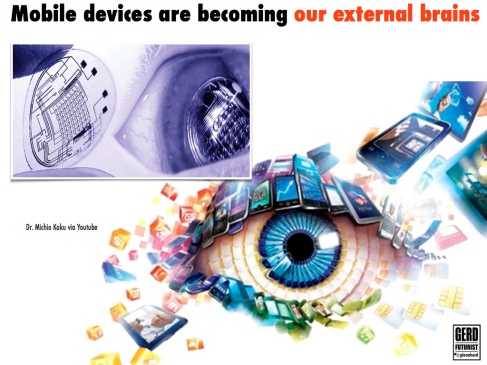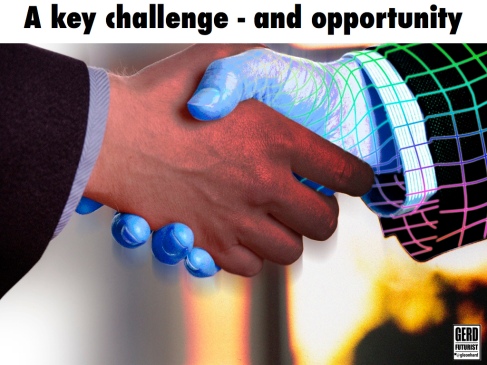For almost eight weeks I have engaged in conversation about how we learn, what motivates us and how to develop a robust eLearning experience. With limited previous experience in creating an eLearning environment for others, I knew this course would inform and challenge me to think and produce in a different way. Not only did EDU624 not disappoint, but it opened up to me a promising new virtual world of gaming and creation that I had never seen before. Today, I share a few highlights of my experience along with hopes for the future.
Web 2.0 Tools
Web 2.0 tools have been impacting instructional design and delivery to teachers and students everywhere for many years now. With a plethora of new tools (and many of them free), the designer, or teacher, can leverage existing technologies to integrate Bloom’s Taxonomy with the ultimate goal of creation. A Learning Management System (LMS) like Black Board, Moodle or Edmodo offer the forum to host many of these types of tools as a designer creates a learning environment for participants on any level. Skills are not necessarily being taught, rather there is more of an emphasis on project–based learning which incorporates communication and collaboration amongst colleagues and with a teacher as well as speaking and listening skill development which is most notably a key component of the new Common Core State Standards.
It has been my experience that web 2.0 serves as a tool box with countless options to create, explain, design, demonstrate, evaluate, etc. The task then becomes to be able to develop the skills to select the most appropriate tool(s) to demonstrate understanding and learning of anything. As a teacher in the technology field, I would say the only hindrance is trying to become familiar with so many different types of tools out there…it can definitely be overwhelming to teachers as they aren’t sure which toll to use nor do they always have the time to investigate and learn.
(Picture from creative commons with permission)
Post Industrial World
Education and its delivery has changed dramatically in this postindustrial age. Reiser and Dempsey (2012) highlight these changes as more learning-focused, learning-centered, attainment-based, customized, collaborative, and enjoyable. More learning occurs by doing from the students and the teacher has developed more into a facilitator rather than the ‘sage on the stage’ or instructor that disseminates information to a large audience.
The current school that I work at is indeed a high achieving district however I would argue it still has many industrial-age tendencies. Far too often students are listening and taking notes rather than collaborating and engaging with one another to create a product. I’m currently working with a science teacher encouraging her to incorporate technology into her unit on the circulatory system. In the past she has taught from various resources by instructing the classroom and giving a lot of information for students to listen to and digest. With some encouragement from me and our media specialist, she has agreed to revamp her entire unit and to allow for independent thinking and creativity in a different format. She has put all of the ownership onto her students by having them research in the library various online journals and resources as well as incorporating smart notebook and Powtoon, which is a web-based presentation tool. The task of the student groups are to collectively gather and understand their material and be able to present their new knowledge to the rest of the class for an entire 40 minute period.
This may seem fairly normal to some however this is a big change for the teacher has she has to relinquish control. The result so far has demonstrated the lack of experience the students have had previously doing projects independently. This experience has identified the deficiencies many of our students have because they have been ‘spoon-fed’ so much information for most of their academic careers. I am assuring the teacher that she is taking the right approach and she is preparing them for what they will have to do in high school and college even though the road has been rocky.
My hope is to share the experience of this teacher with the rest of our faculty to demonstrate the various shifts in instruction we have been discussing this unit. Students will be asked to create rather than regurgitate information back on an assessment. The communication, collaboration, and problem-solving that occurs along the way for each group and each member of that group only enhances their social and interpersonal skills as well as their cognitive ability to address complex issues. Reiser and Dempsey explain “… to prepare the student for lifelong learning, the teacher helps each student to become a self-directed and self-motivated learner” (2012, p. 79).
Virtual Worlds
The virtual world resource that I selected is called Wilo Star 3D. Essentially, Willow Star is a homeschooling program that caters to the students in grades six through 12. It boasts a fully accredited program and teachers and focuses on creativity and problem solving in an interactive online environment. Students are able to create and customize their own avatars applicable to the theme of whatever the content is they are studying at the time. Text and video are incorporated throughout the virtual experience in students can help build as well as respond to that environment.
I must say had very little experience with gaming and the virtual world and this amazed me with its potential. I could see how valuable this might be especially with students with special needs, who are gifted, or have ADD or Asperger’s syndrome. I also think this a virtual world could be leveraged teach students and role-play around the use of social media and other important ideas like bowling and respect. The experience feels like a blend of a learning management system (i.e blackboard) with 3-D gaming which produces a heightened sense of interaction and engagement. I think this could be used with any student or class as a supplement to the more traditional reading and writing that might occur. But the real beauty of this is that the reading and writing is embedded into the actual avatar experience and with built-in functionality to allow the student to upload information and creates information to share with other classmates could really hit a lot of the common core state standards as well as the ISTE national technology standards. And with it being web-based and accessible anytime anywhere, you’ve created another way to reach students and might have normally fallen through the cracks.
(Picture from creative commons with permission)
Future Connections
As I progress through this program, I am hopeful to be able to be able to continue to look at how we all learn in a digital environment and most important-how to create engaging experiences that improve learning. As a former teacher and current technology specialist, I spend most of my time empowering teachers in a k-12 district to learn new technologies that can enhance their current lesson plans and units of study. I hope to have the opportunity to create more in-depth learning modules for training purposes to share with my peers. I look forward to the next two classes and will bring my knowledge and experience from EDU624 with me.
References:
A shifting learning environment. (2011, May 4). Retrieved from http://teachteachtech.coe.uga.edu/index.php/2011/05/04/a-shifting-learning-environment-key-ideas-for-the-post-industrial-ageknowledge-agedigital-age21st-century-learning-and-instruction/
Common core state standards initiative. (n.d.). Retrieved from http://www.corestandards.org/
(n.d.). Retrieved from http://www.wilostar3d.com/
Resier, R. & Dempsey, J. (2012). Trends and issues in instructional design and technology. (Third ed.). Pearson.

